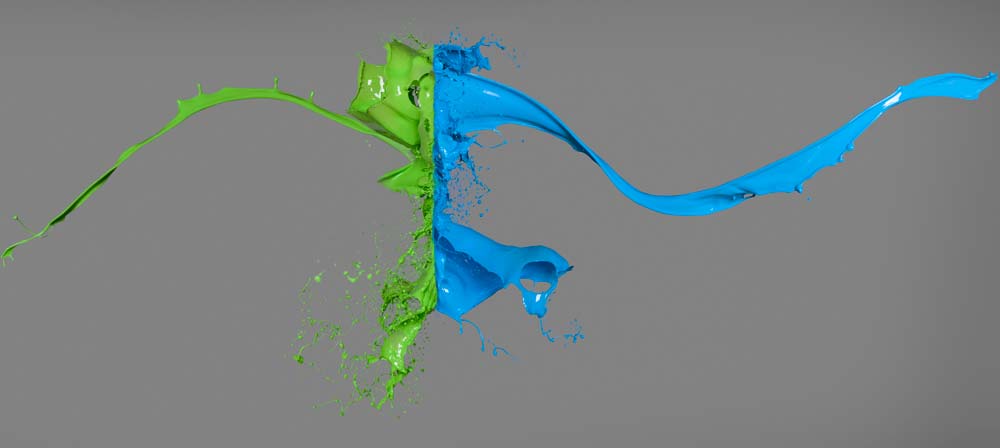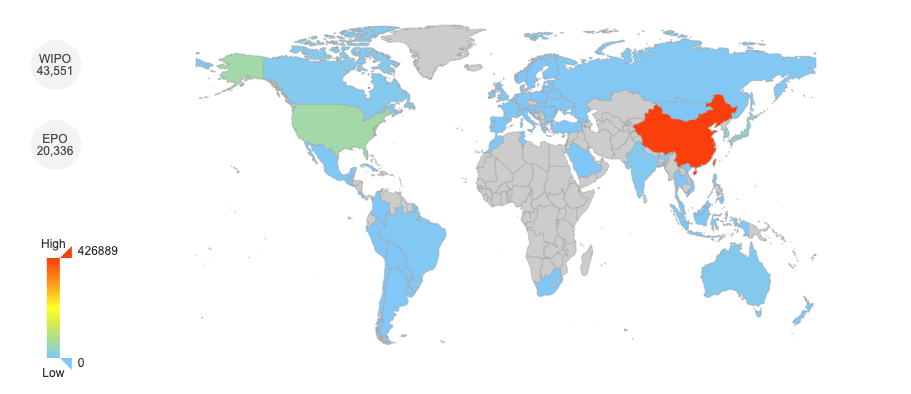5 SynBio trends to watch out for in 2020
Creating life from deadly bacteria, using the human immune system in the fight against cancer, and a brutal clash between renowned universities over a single document? These are just some of the insights from the world of synthetic biology in 2019. With a backstory like this, who knows what the future holds?
We do.
The world of synthetic biology (SynBio) is becoming more lucrative, contested, and is diversifying into ever broader categories. Just this April, ETC Zurich reported the creation of the world’s first ever bacterial genome. And in May, mankind had arguably even created synthetic life in a variant of E. coli. The SynBio market alone is estimated to product a forecasted CAGR of 28.2% over the next 6 years, estimated to be worth over $56 million by the end of 2025.
The global drive towards developing synthetic biology further has caught government interest in both North America and Europe. Research undertaken by Frontiers earlier this year shows various US government interests in synthetic biology are focusing on further developing containment and countermeasures against chemical and biological threats, so that research and innovation can happen safely and effectively.While in Asia-Pacific, the private sector continues to invest heavily in the interdisciplinary area, adding to an already sky-high demand for solutions in both industrial and medical applications.As of July, over 37 synthetic biology companies have raised more than $1.2 billion in funding within Q2 2019 alone.
Noting the exciting news around these lucrative deals and hopes in the next major breakthroughs, we were curious about where the world of synthetic biology is heading.
So we’ve explored the breadth and depth of the patent landscape and industry space to provide you with the top 5 SynBio trends to watch out for 2020.
-
It’s official, school is still cool! Tech transfers and partnerships will play a more vital role in SynBio

When we imagine where breakthroughs in biology happens, we often think of university labs, a small team of pioneering students and staff coming across something either overseen, or accidentally discovered.
Private laboratories hold state-of-the-art, expensive equipment that can help spark fresh viewpoints, but the bright minds at academic institutions like the University of California, Harvard, and UCL are pushing the boundaries of what has been tried before and will continue to disrupt the tech space with adjacent finds in Europe and North America.

The recent CRISPR case between UC Berkeley and the Broad Institute shows the passion with which academic institutes are now protecting the most promising innovative finds of recent years, and this increases the attractiveness of investing in technology transfers and joint partnerships. Companies and governments have taken note, and will be even more receptive to partnering with academic institutions to fully protect and commercialize solutions to some of the most pressing health, environmental, and industrial applications.
-
(Micro)Fluidic opportunities continue to boom

Microfluidics is booming—commercially, as well as in intellectual property assets and R&D. The microfluidics market is expected to be worth $63 billion by 2023 from a current estimated worth of $12.3 billion, showing a CAGR of 22.6%. And all of this excitement around microfluidics is far from over!
As of Q3 2019, nanofluidics is gaining more traction as a key area of interest and funded research. Government grants and private funding awarded to companies and institutions around nanopore structures in new energy, and nanoparticle specification in oncology show the ongoing and increasing interest micro and nanofluidic research has raised for developments in both medical and industrial applications. Just last month, UK-based Oxford Nanopore, which was awarded $100 million in funding last year, opened a DNA decoding kit factory to rival US interest and investment in this tech area, so expect to see more activity and breakthroughs as players look to explore opportunities here.
-
Legal spats will intensify as players look to lock rivals out of desired white space

As synthetic biology grows in its significance and influence, both in the commercial and intellectual property worlds, so does the number of associated patent litigation threats. Universities and research institutes may find themselves at each others’ throats more often. We see this in the highly publicized CRISPR Cas9 patent case between UC Berkeley and Broad, the patent rights being awarded to Berkeley, even if latest findings have raised eyebrows. As synthetic biological advances accelerate, so too will more heated battles. In May 2019, Texas Eastern District Court awarded Whirlpool the rights to highly contested patent US7000894, the latest out of 45 infringement cases involving this one innovation. Either sit back and grab some popcorn or choose to get stuck in and pull the rope over the line, because litigation in synthetic biology will get even more zesty!
-
Healthcare will continue to drive a lot more SynBio innovation

Several new companies are going full speed in looking to revolutionize healthcare, with technologies verging on the threshold of what used to be considered sci-fi.
For example, Boston-based start-up Emulate is looking to recreate conditions in the human body on a microscopic scale. Precision BioSciences, which raised $126 million in March, aims at ensuring its next-generation genome editing platform ARCUS will guarantee fewer risks in genome-editing than ever before. Findings made on homing endonuclease is slated to reform agriculture and medicine. All of this interesting activity in healthcare is getting more globally diverse too, with recent discoveries fuelling the imaginations of teams in both the West, and East. Which leads us to our next insight…
-
China’s continued growth is something to watch out for!

The People’s Republic of China: a vibrant, diverse, and ancient country of a comparable size to the US in terms of land area, yet with 4 times the population! Nearly 20% of the entire world’s population call China home. And it’s clear that the social, environmental, and agricultural challenges faced by the world’s 2nd biggest economy would have driven it to be a viable contender in various industries—with silk, paper, gunpowder, and seismometers being first worked on by Chinese inventors over the last two millennia. And as of 2019, synthetic biologic innovations are being added to that list!
We had a look at our platform to confirm what’s happening around patent applications in any of the main areas synthetic biology operate in, and China has shown itself to be the dominant country securing IP protection for its SynBio advances.
Chinese companies and academic institutions have been assertively filing over 4 times as many patents as US and European assignees had in the last 3 years!
However, this doesn’t mean innovators outside of China should throw in the towel. Far from it! We’ve found that applications linked to these synthetic biology sub-tech areas are all still localized to China. Meaning, while they are enforceable within the country, they don’t carry much clout to the technology area outside of it.

Geographic map from a PatSnap Insights report created around any filings made worldwide in the last few years that use patent classifications central to synthetic biology research.
So while these findings present a threat to non-Chinese players, there are clear opportunities for innovators and companies worldwide to file patents in similar and adjacent technologies in other countries and territories. This means organizations and institutions from outside China can still lock North American, European and Oceanian markets down to local players, so innovators from a diverse set of geographic backgrounds can share in protecting and successfully leveraging the various revolutionary SynBio innovations in medicine, healthcare, agriculture, and industry, on a global scale.
Going Forward
From looking at the indicators and trends, the future of SynBio is getting ever more interesting and exciting. Companies, universities, governments, and individual innovators from all around the globe look to push the boundaries on the possibilities synthetic biology has in providing cutting edge changes to many industries. Whether we see more created lifeforms, enhanced crops, plants or even people, or bear witness to more heated battles over emerging technologies in both East and West, one thing is sure—the sci-fi futures we’ve dreamed of are taking shape right now with synthetic biology, and from here, the future is looking very promising indeed!
Meet the PatSnap team at Biotech Week Boston on September 9-12, to discover how we can accelerate your research and intelligence in synthetic biology.